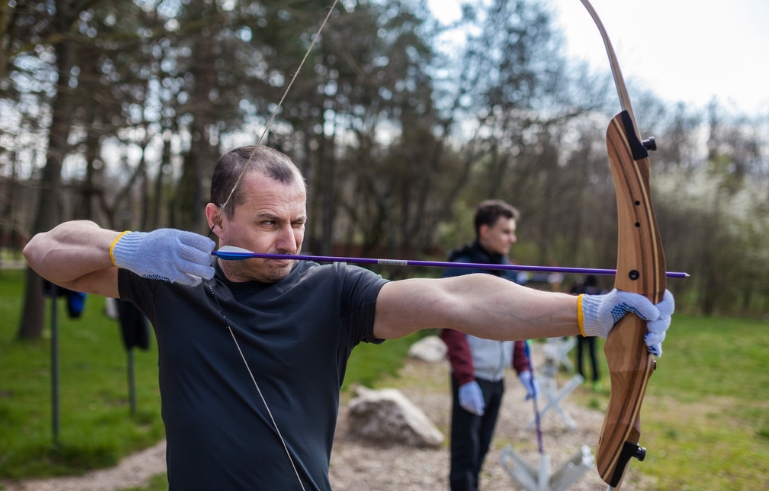Release time:2025-03-05 14:45:29Clicks:author:SPG ArcheryMain categories:Bows, Arrows, Archery Accessories

There are four main parts of a bowstring
If you think of a bowstring as a piece of string, you are completely wrong. Just like arrows, limbs, and bow handles, there are also special terms for different parts of the string:
The string itself - usually a single strand of some material (often referred to as a loopless string.
The loops at both ends - the loops used to attach the bowstring to the limbs.
The top loop is usually larger than the bottom loop, allowing it to slide along the limbs before the bowstring is fixed.
The center guard - this is the additional thin wire that is wrapped around the middle of the bowstring and contacts the finger that draws the string.
The arrow nest - also known as the arrow nock, arrow point, the point where the arrow tail contacts the bowstring. To prevent the arrow from moving up and down the center guard, a half loop is made of some material (commonly dental floss), and the two ends are tied above and below the arrow point and glued together. (A few archers only use one). Cyanoacrylate (a super glue) can increase the strength of the knot and prevent To prevent loosening. You can also use tape to make arrow nests, and also use strong glue to glue, clamp the metal or plastic tail, and fix it on the guard string.
Maintenance and maintenance of bowstrings
For wax strings, wax should be waxed frequently. Wipe the wax clean, melt it, and dip leather or cloth in the wax. Be careful not to make it too hot so that it will dissolve into the bowstring. Do not drip wax on the string like rain. The purpose is: 1. Lubricate the fibers to prevent wear; 2. Increase fiber interconnection to prevent the string from unraveling; reduce the aging rate.
When maintaining the bowstring, it is recommended to use high-quality silicone wax. Silicone wax has good permeability and can effectively penetrate the bowstring and the fibers that protect the string.
Check whether the strands are unraveled or worn. If you suspect that a single strand has a problem, remove it from the string.
Check the guard string. If the guard string is loose, repair it in time. If you use a new guard string, you can shoot hundreds of arrows or more. When competing, always remember to prepare a spare string, and it is better to prepare two.